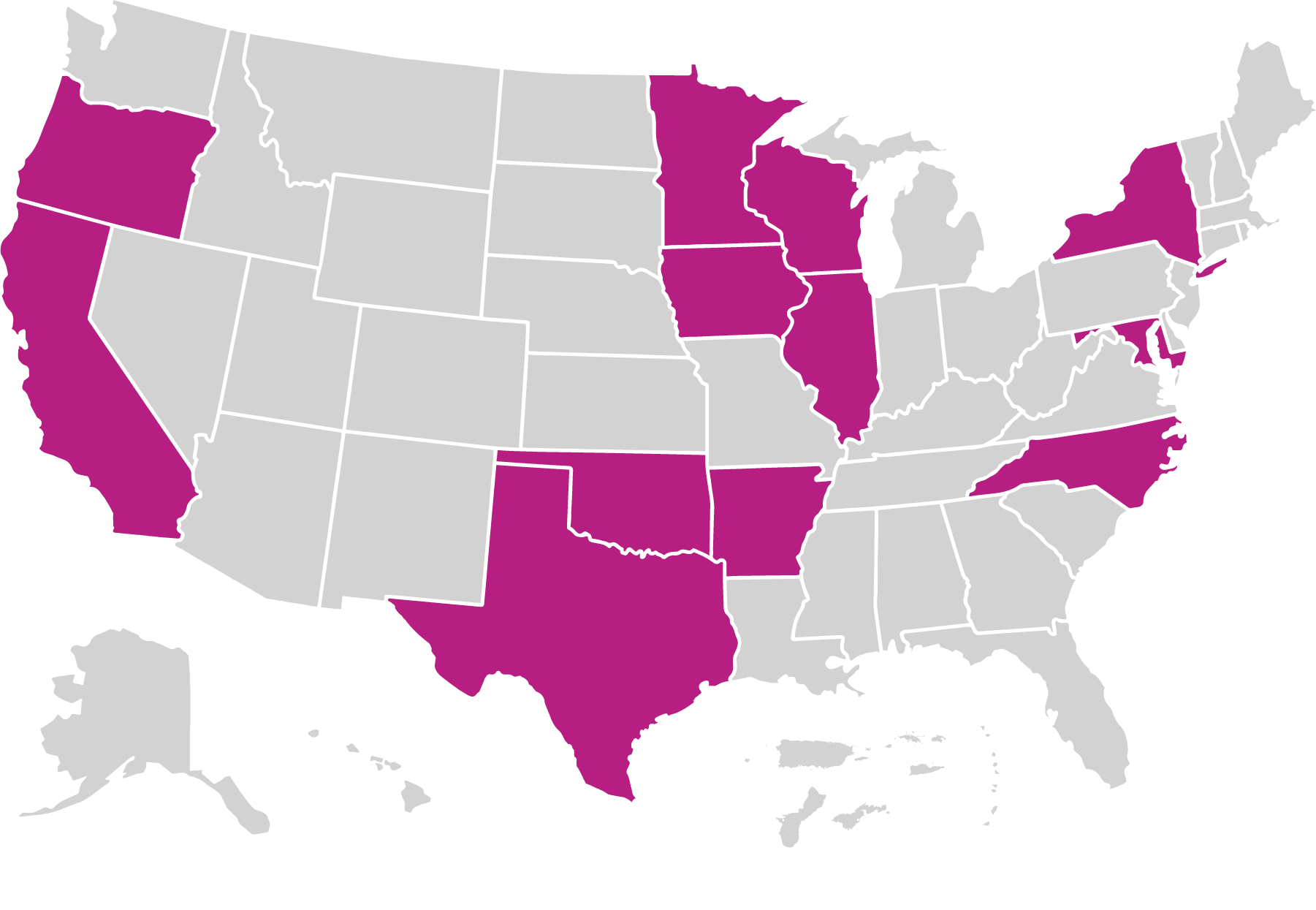Family Connects
Family Connects is a population health model and systems-building strategy with nurse home visits at the center. The model offers newborn and postpartum health assessments via a registered nurse, who systematically assesses family needs, provides supportive guidance, and links families to community resources, as needed and desired. Family Connects identifies and aligns community services that support families and young children, resulting in improved communication and continuity across service providers. Through this alignment, the model also identifies gaps between family needs and available community resources. Family Connects aims to reach at least 60 to 70 percent of families with newborns in each community it serves.
What is the model’s approach to providing home visiting services?
Home visits take place 2 to 3 weeks after birth, offering one to three home visits in total. Family Connects recommends families initiate services before the child is 12 weeks old. Families may enroll until the child is 6 months old.
Family Connects serves all families with newborns.
Who is implementing the model?
Home Visitors
Family Connects was implemented by 103.9 full-time equivalent (FTE) home visitors in 2020. The model requires a bachelor’s degree for home visitors. Home visitors are required to maintain a caseload of six to eight new families per week.
Supervisors
Family Connects was implemented by 20.9 FTE supervisors in 2020. The model requires a bachelor’s degree for supervisors; a master’s degree is recommended.
Where is the model implemented?
Family Connects operated in 22 local agencies across 12 states in 2020.

Families Served Through Evidence-Based Home Visiting in 2020
Race
<1% American Indian/Alaska Native
5% Asian
27% Black
<1% Native Hawaiian/Pacific Islander
53% White
3% Multiple
11% Another race
Caregiver age
3% <18 years
24% 18-24 years
30% 25-30 years
43% >30 years
Caregiver education
14% No HS diploma
24% HS diploma or GED
26% Some college or training
35% Bachelor's degree or higher
Ethnicity
23% Hispanic or Latino
77% Not Hispanic or Latino
Child age
100% <1 year
0% 1-2 years
0% 3-5 years
Child insurance status
55% Public
43% Private
1% None
